Fairytales are the foundation onto which all children’s literature is built. It feels impossible to imagine a world where castles and fair princesses and evil witches and handsome princes aren’t a part of the make-up of the kidlit cannon. For Annelies Judson, although her feminist ideas and modern parenting philosophies are dead set against almost everything about fairytales, she still feels an embarrassingly strong sense of fondness for the genre.
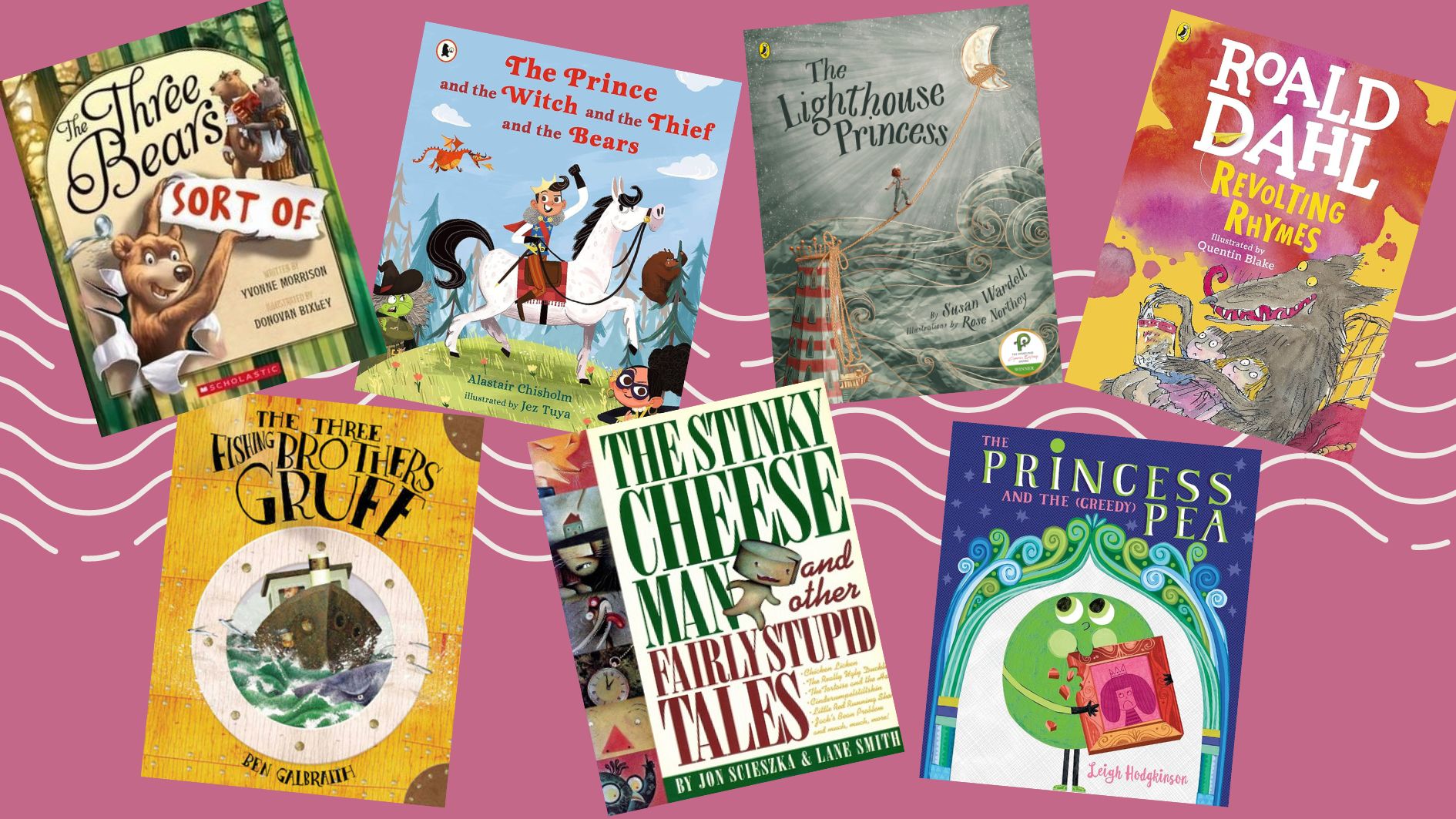
I’ve heard anecdotally that fairytales are going out of fashion. Kids just don’t grow up with them anymore, the way they did in the past, apparently. Whether this is true or not, I don’t know, but it’s certainly believable. The volume and quality of children’s books has increased so much, even since my childhood in the 80s. I can understand that parents don’t always turn to fairytales when they want to read with their children. There is so much else out there! Also, as I alluded to above, changing cultural mores mean that many of the themes of fairytales (children being treated as slaves, princesses needing to be rescued by heroic princes, all relationships being cishet in nature) aren’t displaying the kinds of values that modern parents want their kids to hear about in their books.
It’s interesting, then, to consider the genre of twisted fairy tales. These are stories that take most commonly a single fairytale, but sometimes the characteristics of fairytales in general, and upend the story by changing aspects of the storyline, context or characters. The story remains recognisable, but the twists make it fun, or thought-provoking, or both. For the reader, part of the joy of twisted fairy tales is that you know the original, and so you get to enjoy the ‘aha’ moments as the author reveals the changes they’ve made. They’re a fun take on the tradition, and sometimes even allow the authors to poke fun at the old-fashioned ideas from the fairytales of yore.
*
Revolting Rhymes by Roald Dahl, illustrated by Quentin Blake (first published by Jonathan Cape 1982, now under Penguin Random House)
This is the absolute classic of this genre. The book, if you’re not already familiar with it, has six parodies of famous fairytales, told in verse. Dahl is a genius at rhyme, and also knows how to tell a great story. However, it was published more than 40 years ago, and some parents may feel uncomfortable about some parts. Red Riding Hood kills the Big Bad Wolf with a gun, for example. (That said, “The small girl smiles. One eyelid flickers. She whips a pistol from her knickers.” is still one of my all-time favourite parts of any story.) In Cinderella, I always use the word ‘mutt’ instead of ‘slut’ (which appears to mean ‘slovenly’ as opposed to the more modern derogatory use, but still). Despite this, it is an absolute standout of the genre, and in my opinion one of Roald Dahl’s best works.
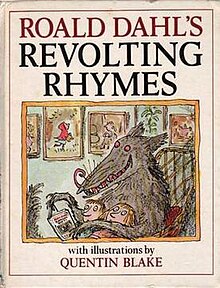
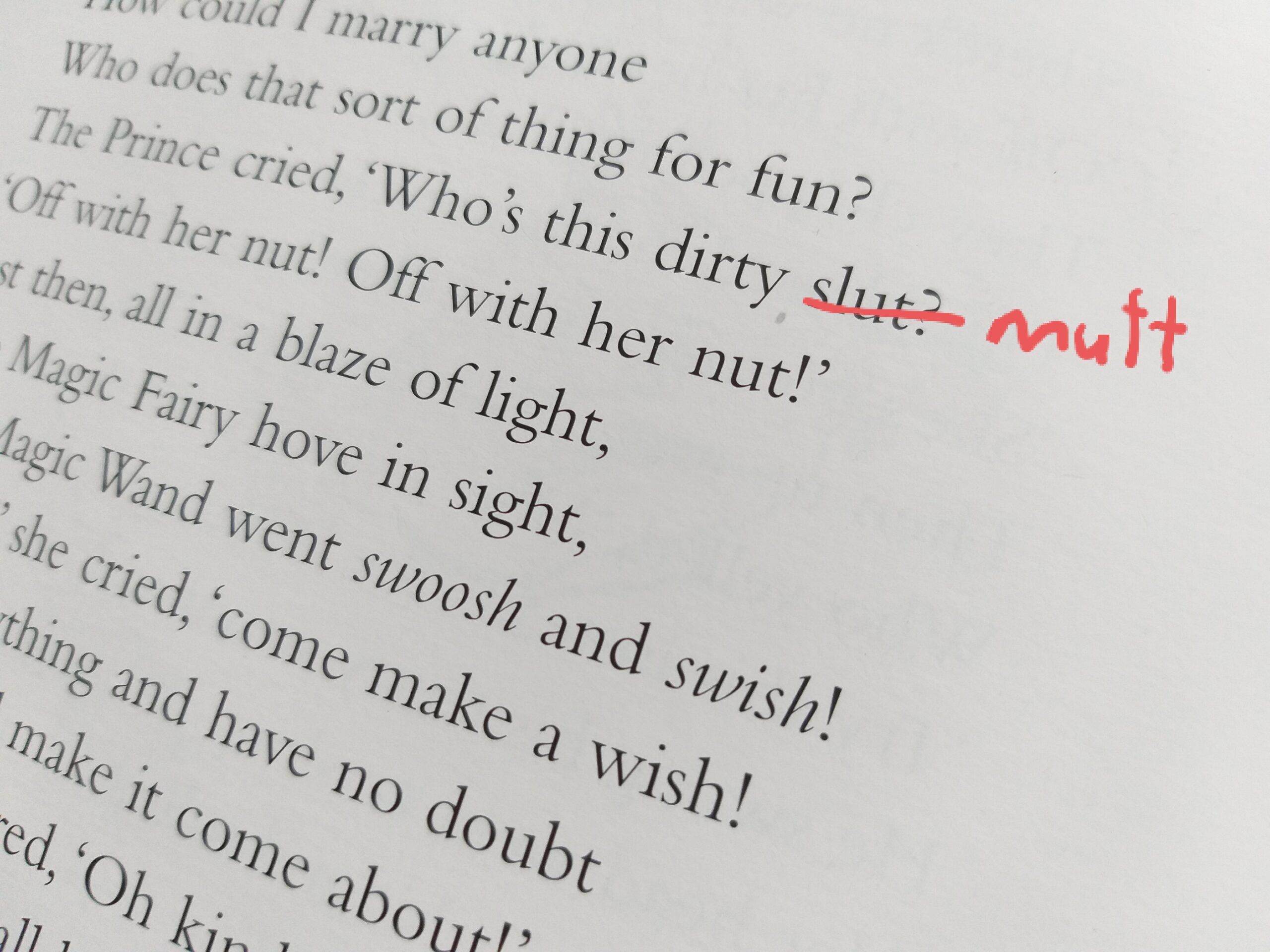
The Stinky Cheese Man and Other Fairly Stupid Tales by Jon Scieszka and Lane Smith (Penguin UK, 1993)
This book celebrated its 30th anniversary a couple of years ago, and yet it’s still in print, which is pretty impressive for any book of that age. Part of it is that it’s so unique—and certainly at the time it was published, very unique. The book is a series of fairytales where the story goes off track at some point. Many of the fairytales have surprise or silly endings, like the Ugly Duckling turning out to be ‘a really ugly duck’ and not a swan after all. The interplay between the words, the text layout, and the pictures is excellent. In the story of Chicken Licken, for example, the sky isn’t falling—but the table of contents is. And indeed, in the illustration, the letters tumble down the page onto Chicken Licken’s head. It’s hard to do the book justice because it’s very weird (and some kids just won’t ‘get it’ because the humour is quite sophisticated), but it’s become a modern classic for a reason. It would be hard to find another book that plays with the genre so completely but is still fun to read.
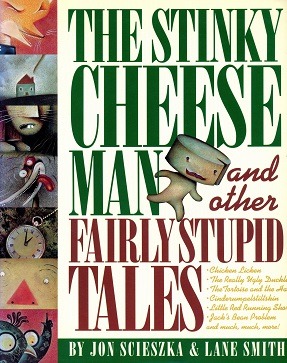
The Three Bears (Sort Of) and Little Red Riding Hood (Not Quite) by Yvonne Morrison, illustrated by Donovan Bixley (Scholastic NZ 2013 and 2014 respectively)
These two books are out of print now, but they’re worth picking up if you find them in a secondhand store or library. The stories take the form of an adult narrating to a child, and the child keeps interrupting to clarify parts of the story that don’t make sense, which the adult duly retells. In Little Red Riding Hood (Not Quite), the child asks why Little Red’s cloak is called a ‘hood’, when a hood is just the bit on your head, and takes issue with Red being taken in by wolf-granny’s appearance; it is too much suspension of disbelief to believe that Red wouldn’t notice the sharp canine teeth or the wolf-like ears. The format can be a little confusing for younger readers because if it’s read aloud it’s not clear if it’s the adult or child character speaking at any particular point, but RNZ has a great version of Little Red Riding Hood (Not Quite) on Storytime with two different actors voicing the characters.
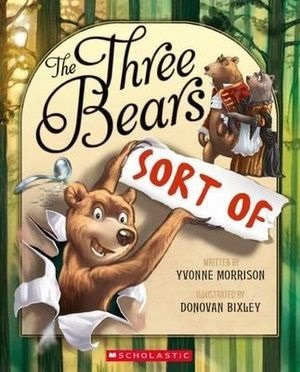
The Three Fishing Brothers Gruff by Ben Galbraith (Hodder, 2006)
Twisted fairy tales are often used to share a deeper message, and this one is a great environmental education text about the dangers of ocean pollution and overfishing. The three brothers in this story are the bad guys, and the troll under the bridge is reincarnated as the guardian of the sea—a minke whale. The book won awards both for the story and the illustrations, and the awards are well-deserved. The writing is great, the illustrations are excellent, and the message of protecting the oceans (in a very specifically Aotearoa New Zealand context) is as relevant today as when it was published in 2006. If you can find a copy of this gem I’d highly recommend it. Galbraith also illustrated Fandango Stew, by American author David Davis, a twisted version of the European folktale Stone Soup.
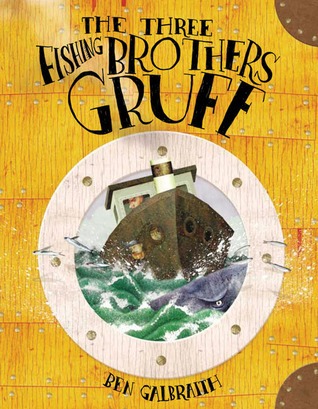
The Prince and the Witch and the Thief and the Bears by Alistair Chisholm, illustrated by Jez Tuya (Walker Books, 2018)
Continuing with the Aotearoa theme with this book illustrated by artist Jez Tuya, who lives in Wellington. Unlike the other books in this list so far, this one takes the tropes of fairytales (a princess needing to be rescued, a prince on a horse, treasure) rather than a known fairytale itself. Like the Yvonne Morrsion books above, the text is a discussion between an adult and child, where the child complains about the storyline and the adult adapts it. I love this one because reading it is exactly like listening to children trying to make up stories. “And what about if there was a witch? And a thief!” It was published five years ago and is still available, so ask at your local bookstore or look online.
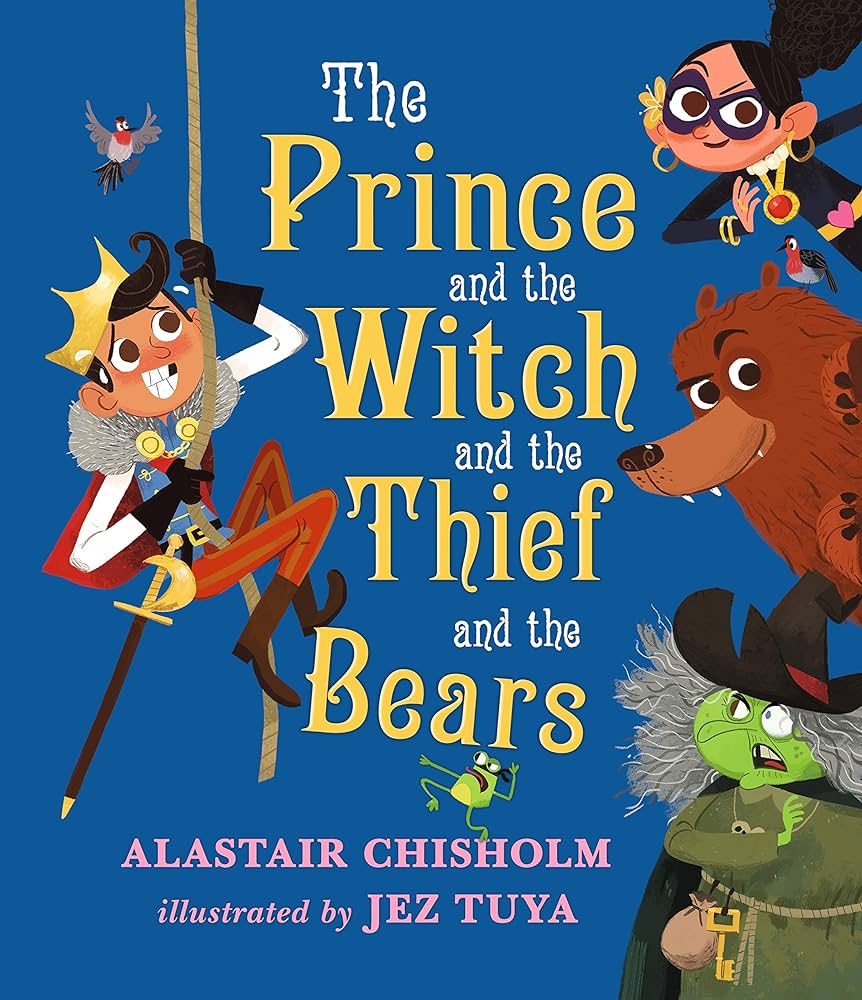
The Lighthouse Princess by Susan Wardell, illustrated by Rose Northey (Penguin Random House NZ, 2022)
A standout recent addition to the twisted fairytales genre is this book from Aotearoa. The illustrations were the winning entry for the 2021 Gavin Bishop Award, and the book won the award for Best First Book at the 2023 New Zealand Book Awards for Children and Young Adults. This is another example of taking the tropes of fairytales but twisting them for a more modern story. The princess in this book lives on an island by herself, where she’s “not even lonely”. When the boy comes to rescue her, she tells him in no uncertain terms that she doesn’t need rescuing. The story ends with the two as equals and friends—no kisses or happily-ever-afters or weddings, just two kids hanging out on their island. It is a great example of how you can use the format to make a point. Wardell and Northey clearly set out to make a non-stereotypical princess and rescue story, and in the process they make it clear to the adult reader, and hopefully the child listener, that those ideas are outdated. It’s an excellent book, the illustrations are outstanding, and it’s by two locals, so I can’t recommend this one enough.
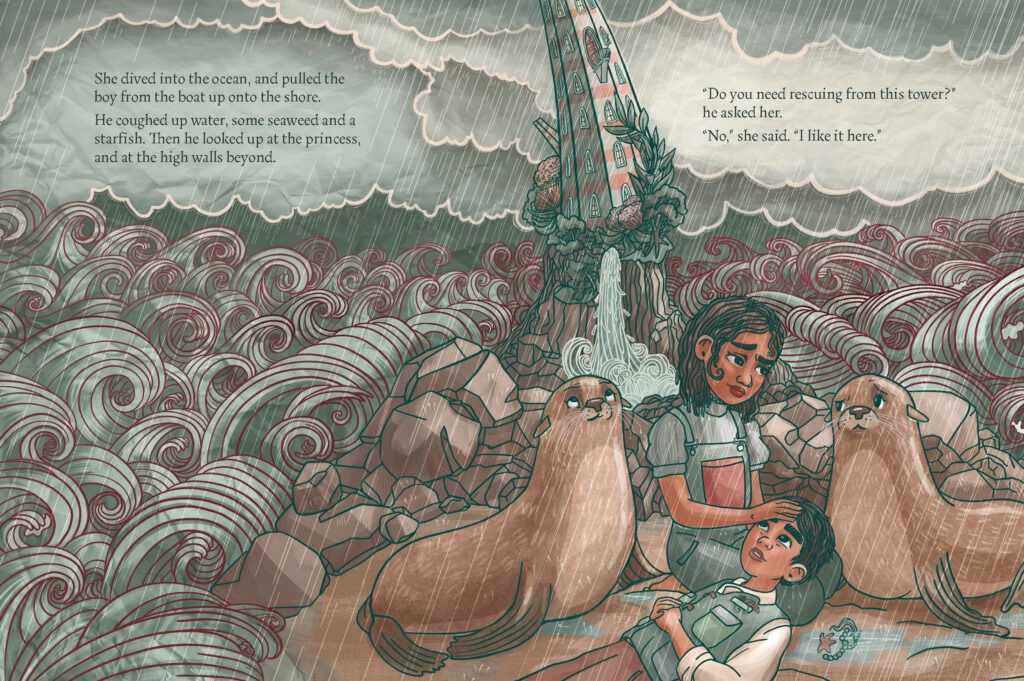
The Princess and the (Greedy) Pea by Leigh Hodgkinson (Candlewick, 2023)
Prolific British author-illustrator Leigh Hodgkinson released this book late last year. The story is about a pea that eats up a whole lot of food on the table (and, in fact, the table itself), then goes and lies under the princess’s bed, where it in turn makes the princess uncomfortable. The bulk of the story is the pea eating all the food, so it doesn’t share that much with the original princess and the pea tale. However it’s all written in the form of There Was An Old Lady Who Swallowed a Fly, which means you get a two-for-one deal on parodies here. The illustrations are great and the writing is excellent, so I absolutely recommend it. Hodgkinson also wrote Goldilocks and Just One Bear (Nosy Crow, 2012), which I haven’t read, but is worth mentioning as a bonus twisted fairytale to round off this list.
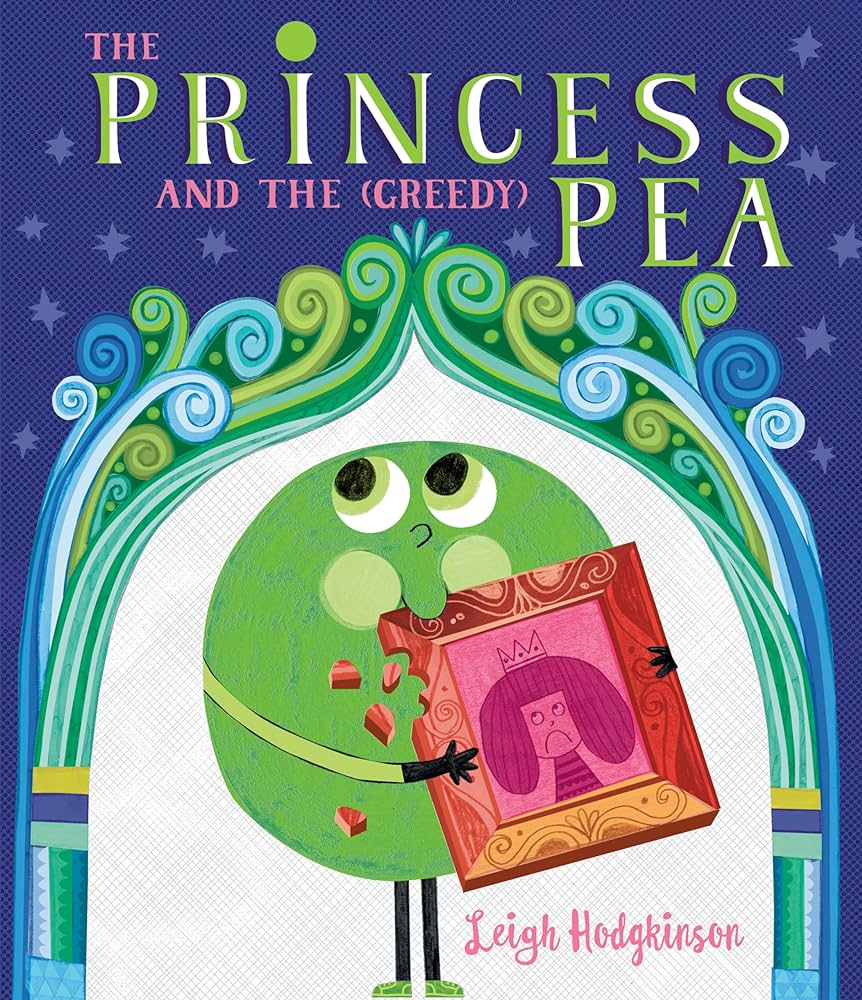
*
I get such joy from these twisted tales, and as a teacher I’ve even used them as a jumping off point for kids to write their own fairytale-based stories. If the persistence of the genre is any indication (and the above is just a selection—many more are around!) then fairytales will be with us for a while yet, if for no other reason than for kids to be able to make sense of their more modern twisted counterparts.
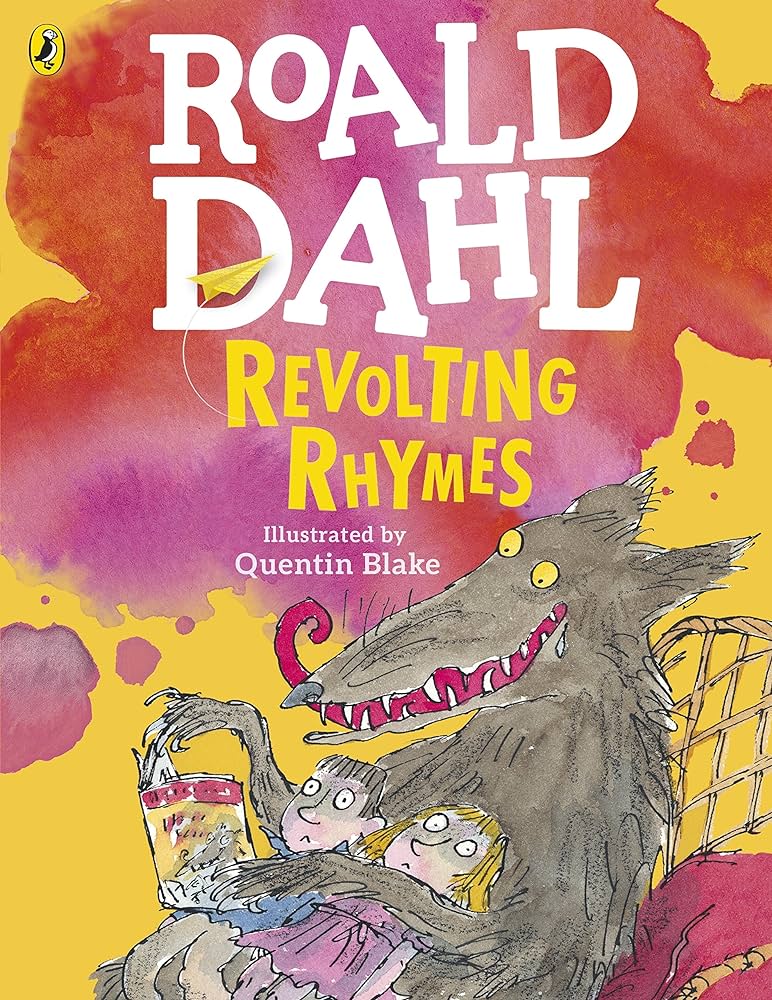
Revolting Rhymes
By Roald Dahl
Illustrated by Quentin Blake
Published by Penguin Random House
RRP: $18.00 to $26.00 (depending on edition)

The Stinky Cheese Man and Other Fairly Stupid Tales
By Jon Scieszka
Illustrated by Lane Smith
Published by Penguin UK
RRP: $21.00
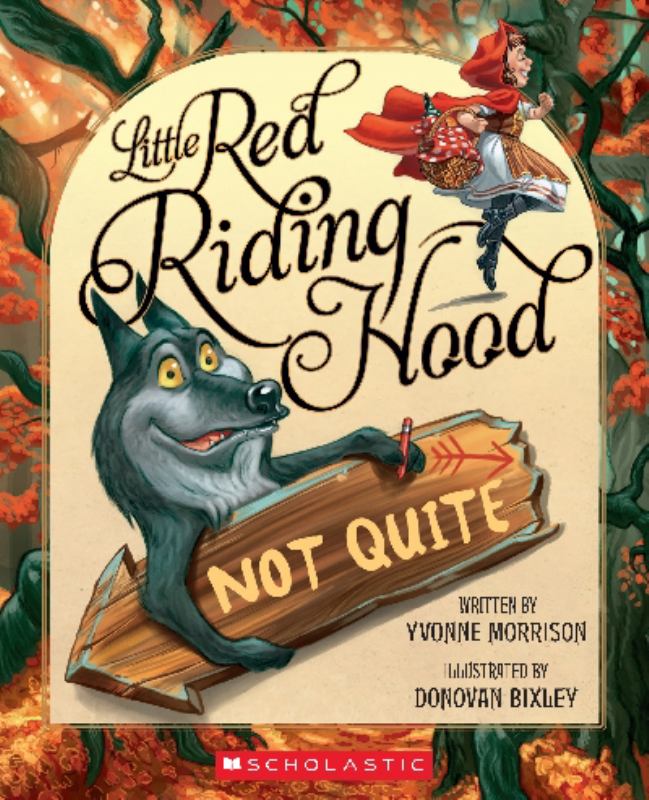
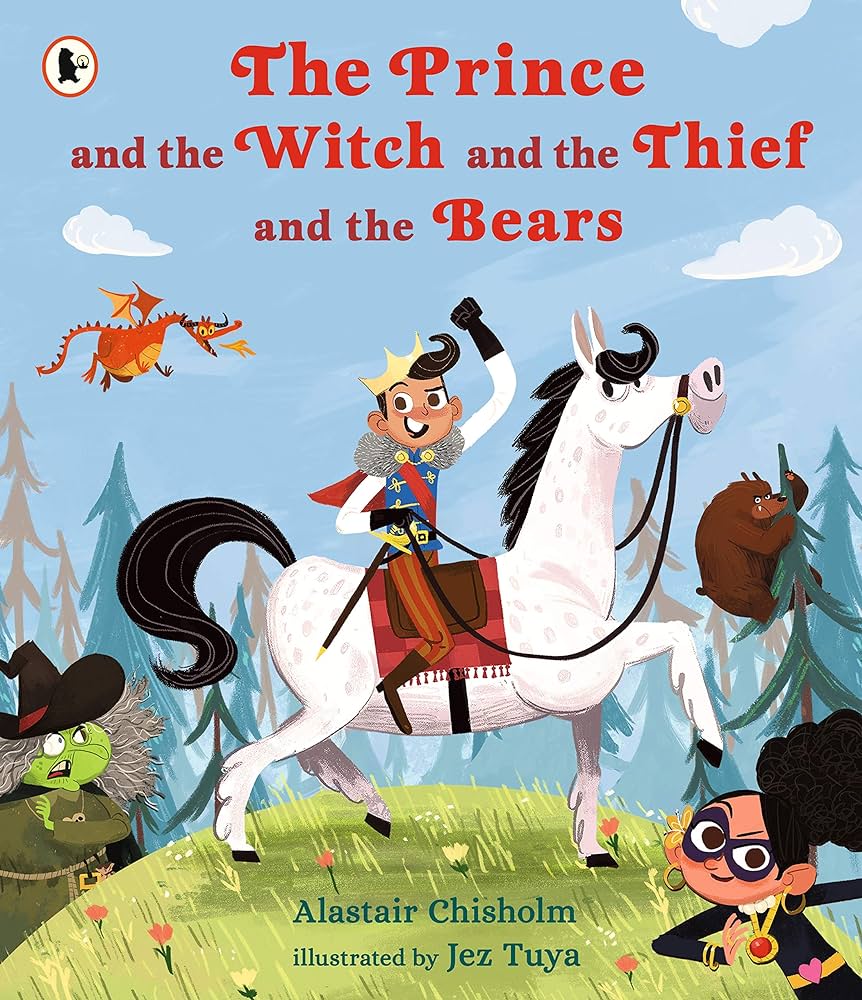
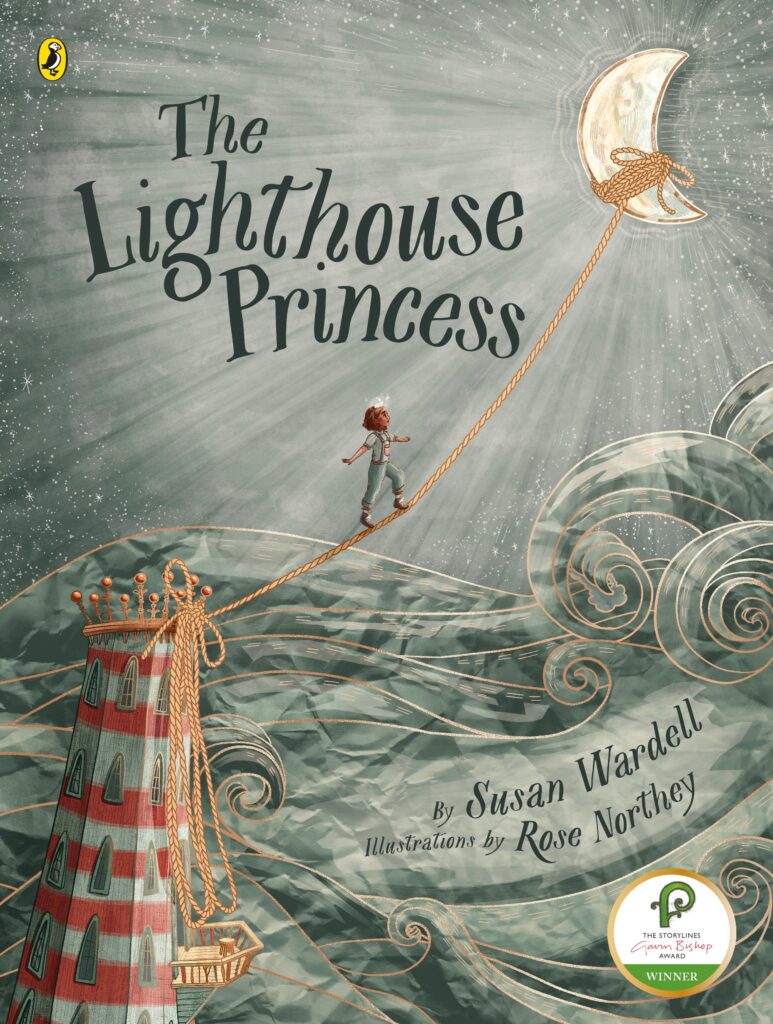
Annelies Judson
Annelies Judson writes book reviews and poetry for children, among other things. Her many loves include cooking, cricket, science and the em-dash. She can be found on Twitter/X and BlueSky @babybookdel and on Instagram @annelies_judson_writer. She also has a Substack newsletter starting February 2025, @anneliesjudsonwriter.




